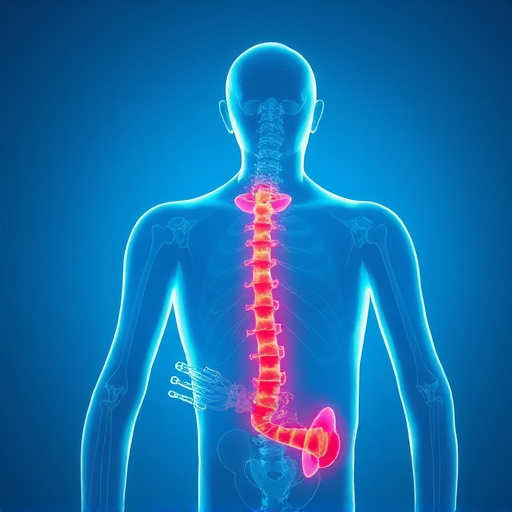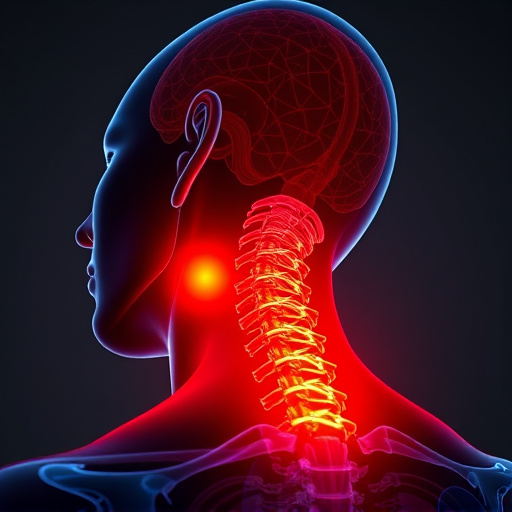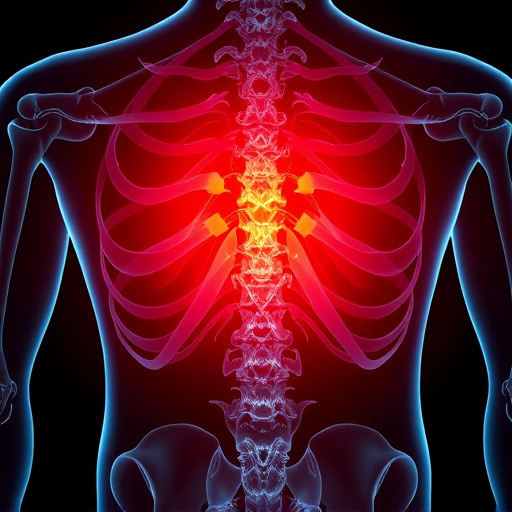Chronic pain, a complex condition impacting quality of life, requires a holistic chronic pain management approach integrating pharmaceuticals, physical therapy, and alternative wellness care. Tailored care plans address physical and mental aspects, with physical therapy crucial for post-injury recovery and conditions like neck pain. This collaborative strategy, proven effective for post-surgery, auto accident injuries, and headaches, enhances well-being, reduces opioid reliance, and empowers patients to actively manage their pain.
Chronic pain affects millions, profoundly impacting daily life and overall well-being. Effective management requires a holistic approach, often involving a combination of therapies tailored to individual needs. This article delves into the world of chronic pain management, exploring diverse strategies that work synergistically. From understanding the condition’s intricacies to success stories and practical implementation tips, we provide insights for navigating this challenging landscape. Discover how integrative methods can offer relief and enhance quality of life for those grappling with chronic pain.
- Understanding Chronic Pain and Its Impact
- Exploring Combinative Therapy Approaches
- Success Stories and Implementation Strategies
Understanding Chronic Pain and Its Impact
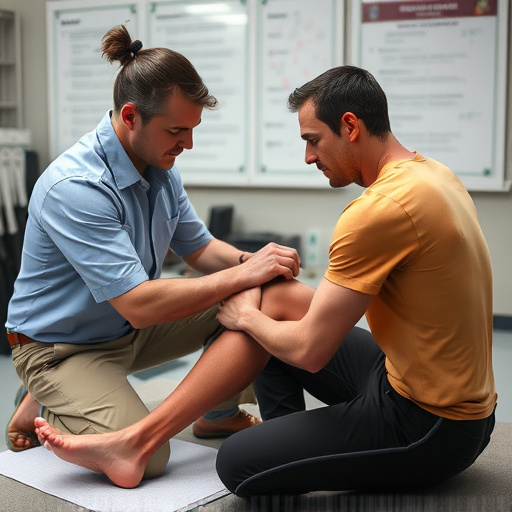
Chronic pain is a complex condition that significantly impacts an individual’s quality of life. It’s characterized by persistent or recurrent pain lasting beyond the usual healing time for an injury or illness, often persisting for months or even years. This ongoing discomfort can affect physical and mental well-being, leading to mood disturbances, sleep disruptions, and decreased mobility. The impact extends beyond the patient, influencing social interactions and overall productivity.
Understanding chronic pain involves recognizing its various causes, including conditions like arthritis, fibromyalgia, nerve damage, and post-surgical complications. Sports injury recovery is one area where chronic pain management becomes critical, as athletes often face prolonged discomfort that can hinder their return to competitive sports. Effective chronic pain relief requires a holistic approach, integrating various treatments such as pharmaceuticals, physical therapy, and alternative wellness care techniques.
Exploring Combinative Therapy Approaches

Exploring Combinative Therapy Approaches for Chronic Pain Management
In the realm of chronic pain management, a one-size-fits-all approach rarely yields optimal results. This is where combinative therapy steps in as a game-changer. By integrating multiple treatment modalities, healthcare professionals can tailor a comprehensive plan to address the complex nature of chronic pain. For instance, combining physical therapy with other interventions like medication, mindfulness techniques, or complementary therapies has shown significant promise in providing lasting relief. Physical therapy, in particular, plays a pivotal role in post-injury care and managing conditions like neck pain, offering exercises and manual techniques to improve mobility and reduce discomfort.
This collaborative approach ensures that different aspects of an individual’s well-being are addressed simultaneously. For example, while physical therapy works on restoring movement and reducing muscle tension, mindfulness practices can help patients manage stress levels, which often exacerbate chronic pain symptoms. Such combinative strategies not only enhance the effectiveness of treatment but also empower individuals to take a more active role in their chronic pain management journey, ultimately fostering better outcomes and improved quality of life.
Success Stories and Implementation Strategies
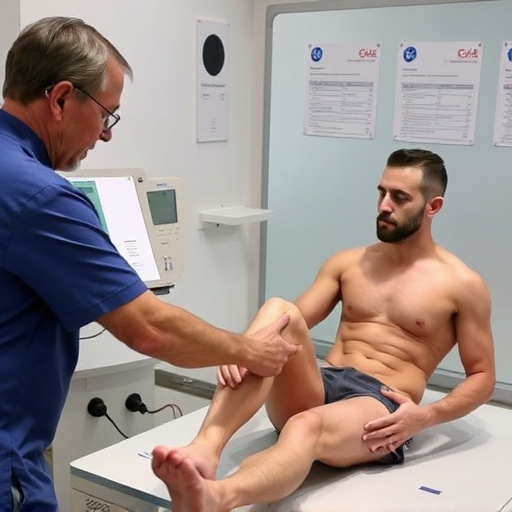
In the realm of chronic pain management, success stories abound for those who dare to explore integrated therapy approaches. Combining methods such as physical therapy, mindfulness practices, and medication has proven effective in treating conditions like post-surgery recovery, auto accident injuries, and persistent headaches. Many patients report significant improvements in their quality of life, reduced reliance on opioids, and better overall management of chronic pain.
Implementing these strategies requires collaboration between healthcare providers and patients. Tailoring treatment plans to individual needs is key, incorporating muscle recovery techniques for athletes or specific exercises for those recovering from auto accidents. Healthcare professionals should also educate patients on the importance of consistent practice, offering support and guidance as they navigate their journey towards headache relief and improved chronic pain management.
Chronic pain management is a multifaceted approach, and combining therapies has proven to be an effective strategy. By integrating various treatment methods, such as medication, physical therapy, mindfulness practices, and support groups, individuals can experience significant improvements in their quality of life. The success stories shared highlight the power of these collaborative efforts, demonstrating that no single therapy is a one-size-fits-all solution for chronic pain. Implementing these combined approaches requires a holistic view, tailored to each patient’s unique needs, offering hope and improved outcomes for those navigating this challenging condition.




